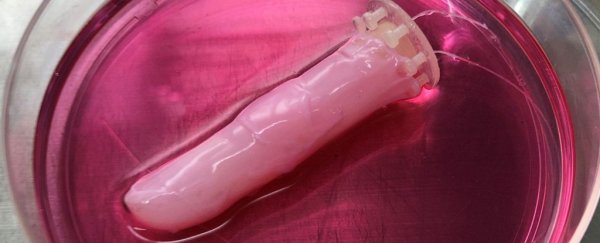
Scientists are moving forward in the effort of making robots more human-like. Here’s all you need to know about skin for biohybrid robots.
Biohybrid robots to have human-like skin
Scientists were successful in putting together living skin on a joint robotic finger. This was possible by culturing a “single piece of skin tissue surrounding the robotic finger“. According to the study, this is a “paradigm shift from traditional to “biohybrid robotics”. Additionally, it revealed that the skin was covering the robotic finger tightly, ensuring “strength and elasticity to withstand deformation”.
Moreover, the study also concluded that biohybrid robots display higher sensory capacities such as self-repair and energy conversion, making them more similar to living beings. The breakthrough can also help in creating better prosthetics. While the study is lacking advanced skin features such as hair follicles, sensory neurons, and nails, this is a step in the right direction. Further research can help in creating improved robots and prosthetics.
More on the interesting research

“To efficiently cover surfaces with skin cells, we established a tissue molding method to directly mold skin tissue around the robot, which resulted in a seamless skin coverage on a robotic finger,” Shoji Takeuchi. Takeuchi is the lead author of the study and a professor at the University of Tokyo in Japan. The study published in the Cell highlights the method for generating “seamless coverage” with skin equivalent on 3d objects.
Scientists created the robot’s skin by submerging a robotic finger in a cylinder. The solution containing collagen and human dermal fibroblasts helps in generating skin. “We are surprised by how well the skin tissue conforms to the robot’s surface. But this work is just the first step toward creating robots covered with living skin. I think living skin is the ultimate solution to give robots the look and touch of living creatures since it is the same material that covers animal bodies,” added Takeuchi.






